Bush Blitz expedition reveals the NT’s unique flora and fauna
A groundbreaking biodiversity survey on Jawoyn Country is bringing together science and Indigenous knowledge to uncover the NT’s hidden wildlife.
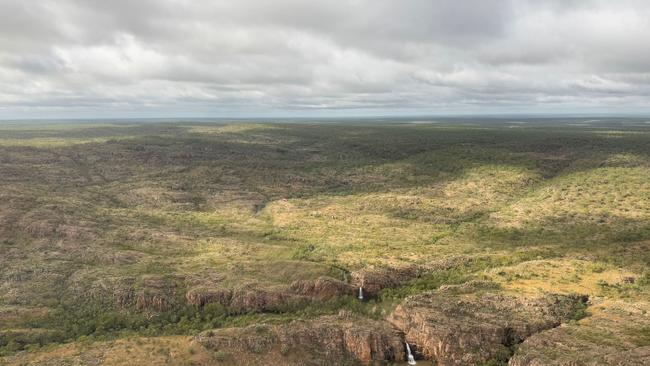
News
Don't miss out on the headlines from News. Followed categories will be added to My News.
A team of scientists, Indigenous rangers, and Traditional Owners are uncovering the Northern Territory’s hidden biodiversity in a Bush Blitz expedition on Jawoyn Country.
The two week program, which runs until April 11, brings together experts from institutions across Australia to document plant and animal species, many of which may be new to science.
Since its inception in 2010, Bush Blitz has discovered more than 2000 previously unknown species, adding crucial data to national biodiversity records.
This year’s expedition covers diverse habitats, from Nitmiluk National Park to remote stone country, with researchers investigating everything from frogs and fungi to butterflies and wasps.
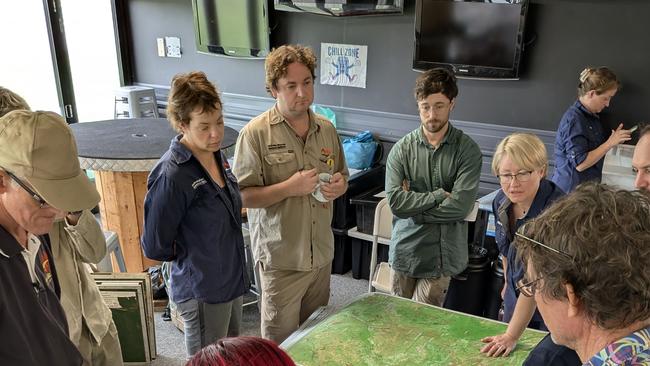
MAGNT director Adam Worrall highlighted the importance of the program.
“Programs like Bush Blitz provide a powerful platform to share knowledge and strengthen connections to Country through both cultural understanding and scientific discovery,” he said.
“Every new specimen contributes to a broader understanding of the Territory’s unique ecosystems and helps inform future research, education, and conservation efforts.”
The Jawoyn Association, which is co-hosting the expedition, sees the program as an opportunity to integrate Traditional knowledge with scientific research.
“Jawoyn people have always shared, cared for, and worked our Country … That principle continues to guide everything we do,” a spokesperson said.
“Bringing that together with western science and biodiversity research allows us to strengthen what we know, identify what we’re protecting, and make informed decisions based on the best available data.”

Exciting discoveries are already emerging from the expedition.
The fish research team recorded “a species new to the Katherine region”, while another researcher uncovered “zombie ants infected by a cordyceps-like fungus”.
A wasp previously unrecorded in the NT was found at the “basecamp light Wednesday night”, and a “spider potentially new to science” was also discovered.
Additionally, a scientist hopes to “describe a true bug that is completely new to science”.
MAGNT will host a free talk at the Discovery Centre in Darwin on April 12, where attendees can learn about the species uncovered during the expedition and the role they play in the NT’s fragile ecosystems.
SEE PHOTOS FROM THE FIELD
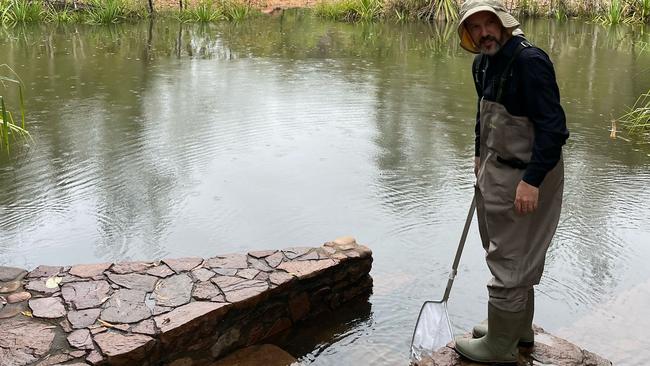


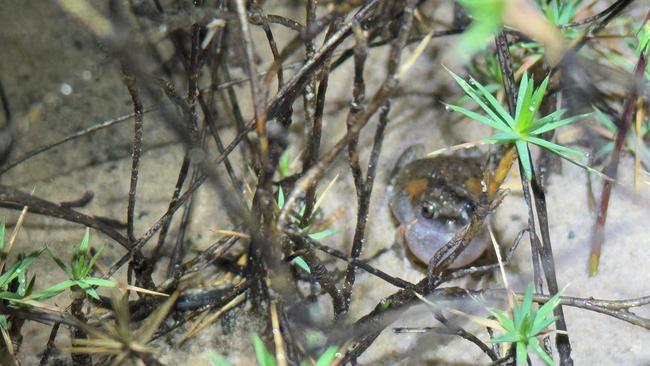
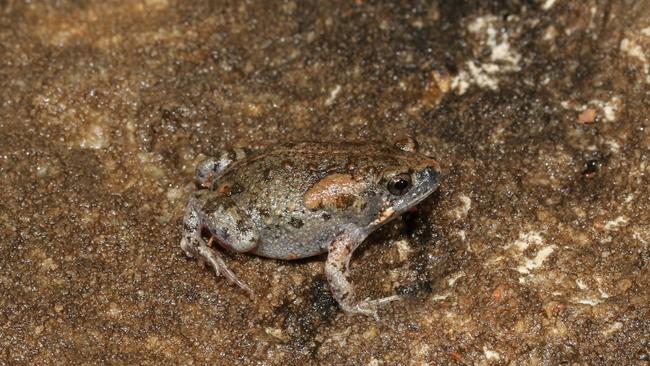
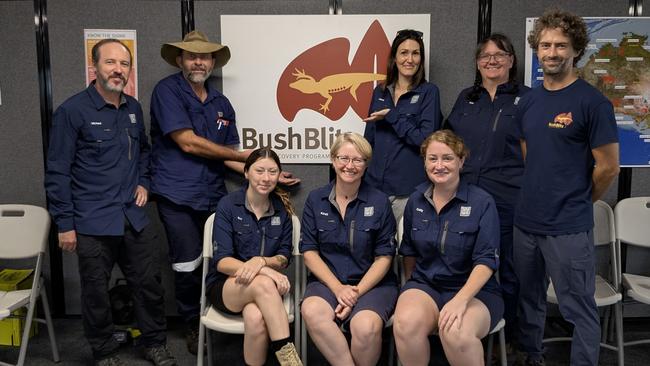
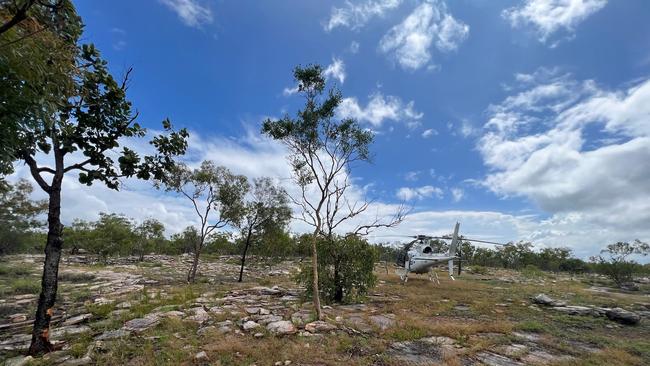
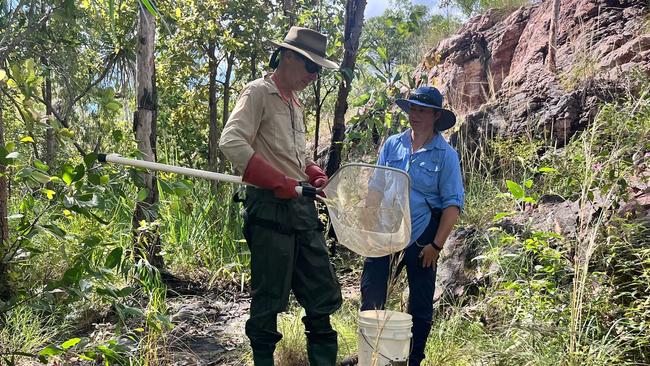
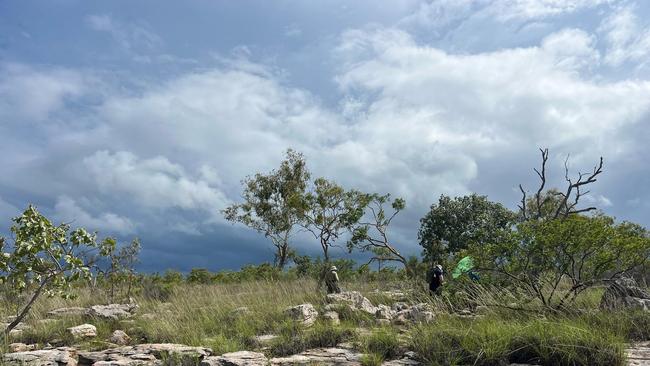
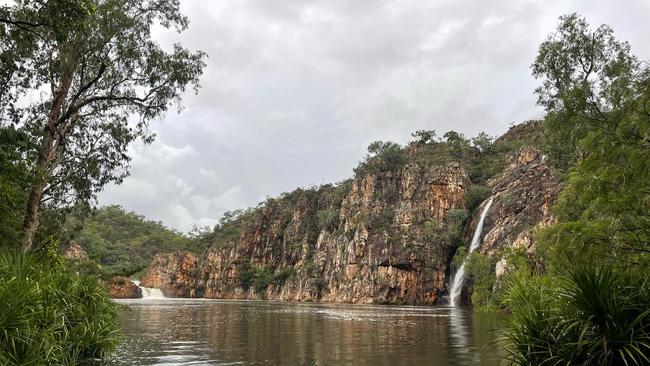
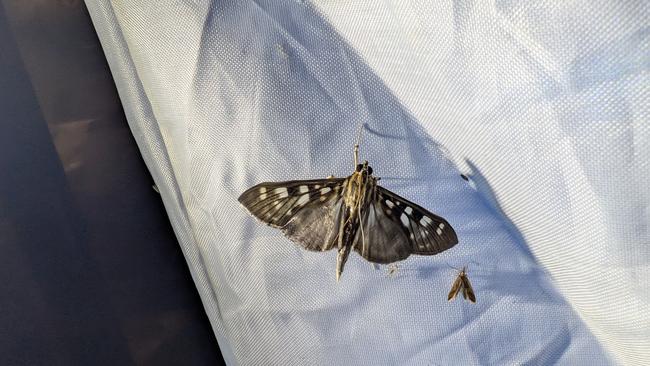
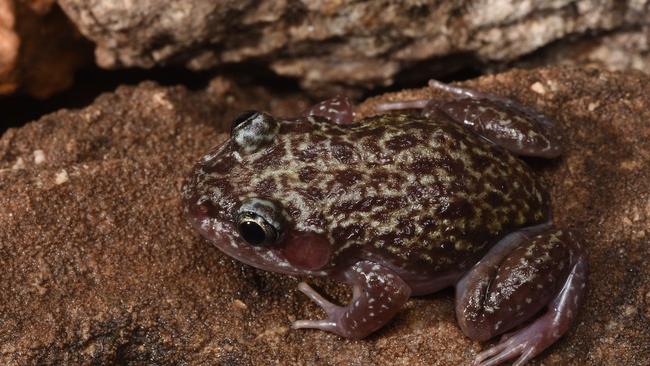
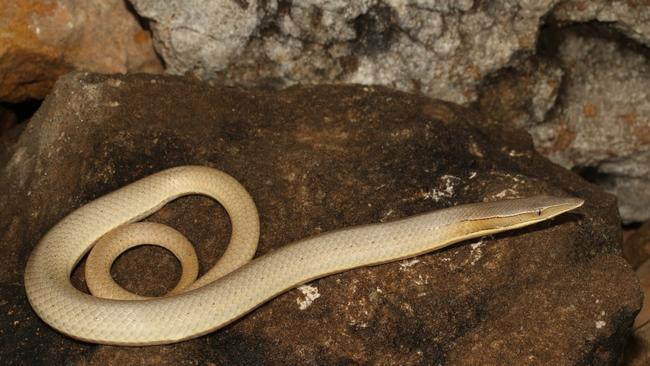
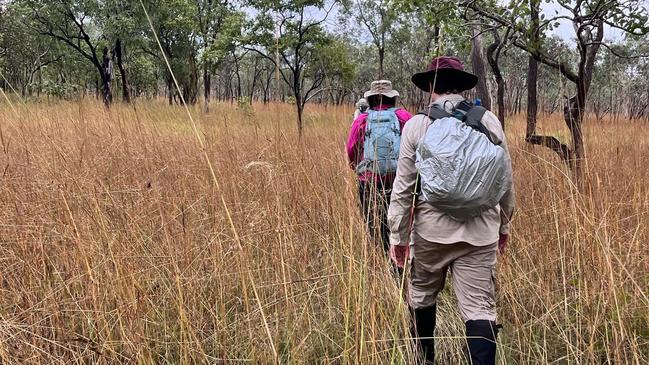
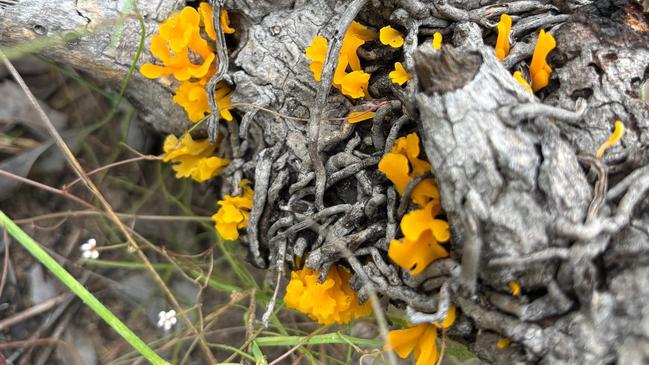
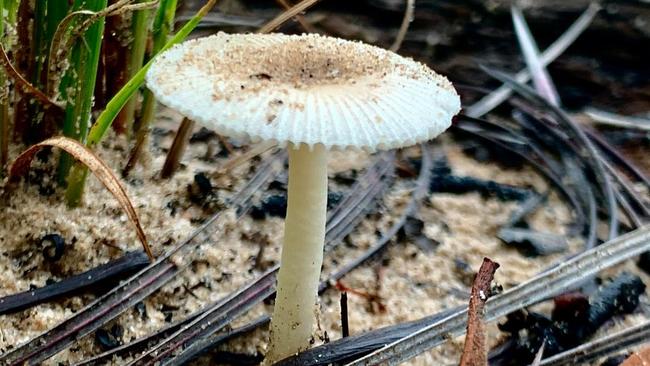
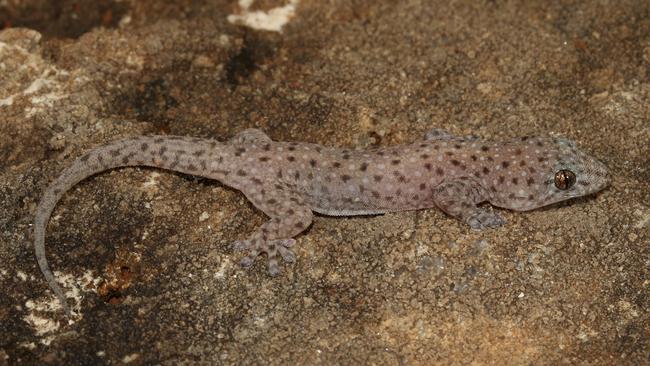
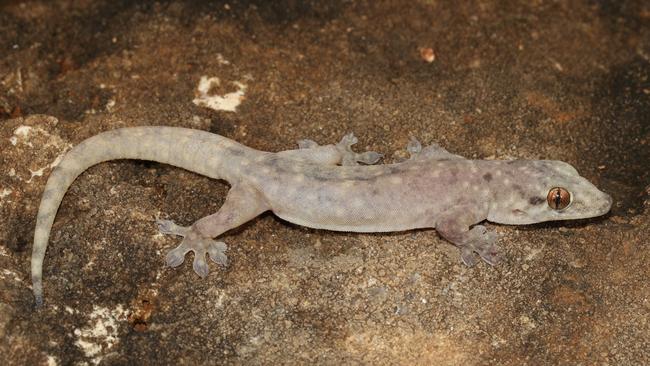
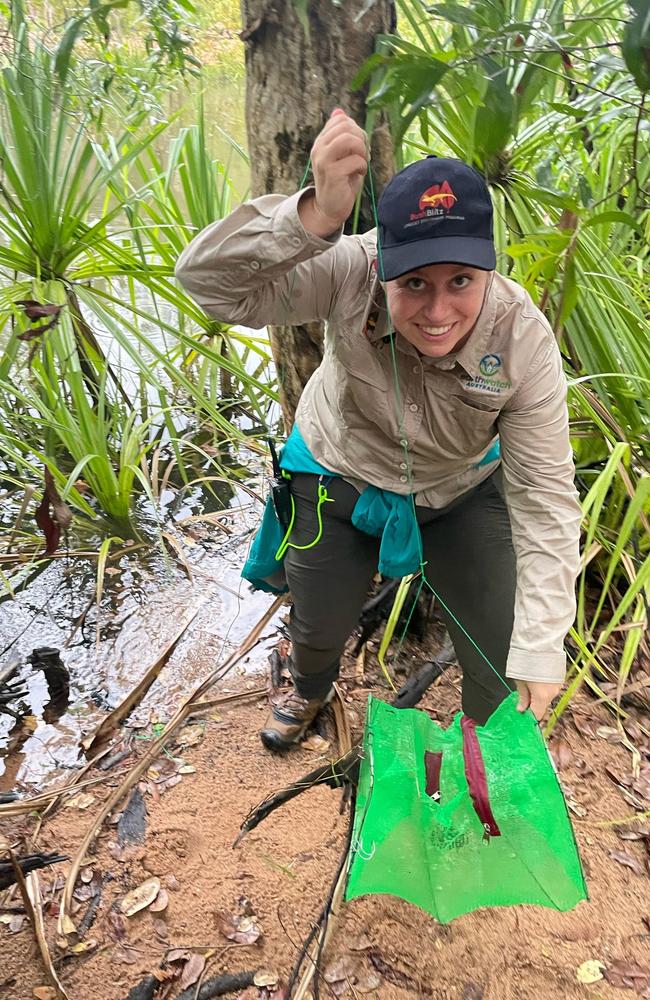
More Coverage
Originally published as Bush Blitz expedition reveals the NT’s unique flora and fauna





